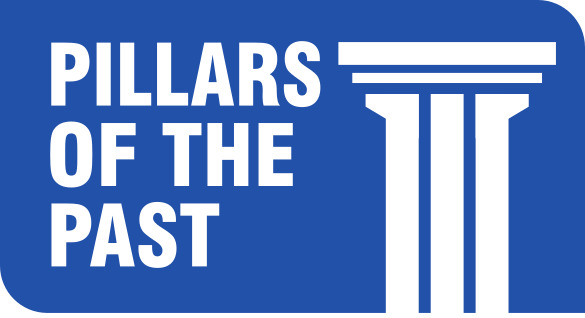
As plans for restoration work progresses, The Star reporter Sam Henderson explores the history of a rare example of early settler banking.

The former Bank of New Zealand building in Waikouaiti is one of few early banks that has an interior virtually unchanged since it opened in 1869.
Situated on the corner of Main Rd and Kildare St, the bank was a key location for gold prospectors, traders and farmers to keep their earnings safe during the early years of European settlement.
The bank has been managed by the Waikouaiti District Museum Society since the 1960s and housed the museum until the development of the Waikouaiti Coast Heritage Centre which opened in 2021.

The society aimed to remove a veranda installed in 1927 that was not part of the original plans for the building.
Heritage New Zealand initially resisted altering the later addition to the building, but promises to engage the local community helped sway them.
"They agreed we would do a community survey and twice as many people wanted the veranda removed as left.

The hurdle now was fundraising to undertake the project.
"We are getting up to that point of removing the veranda, but it is a big cost.”
The veranda was only part of a project likely to be up to $1 million once stonework, joinery and waterproofing across the exterior were included.

A recent project was securing one of the building’s brick chimneys with a steel bank installed by Zeal Steel.
Although the society was a small volunteer-run organisation, it was committing to progressing with its plans to return the bank to its original appearance.
“If we don’t restore the building, nobody else is going to do it,” Mrs McKewen said.

It still required further funds and was open to donations.
It would also seek to raise funds at its planned Labour Weekend plant sale.
Local banking history
The former Bank of New Zealand branch at Waikouaiti was among the first designed by architect Robert Arthur Lawson.

The Waikouaiti Herald reported in April 1869 that during laying of the foundation stone, a copy of the newspaper, some coins and a scroll providing details of the event were placed in a bottle and buried as a time capsule.
The bank was built in a solid Italian Renaissance style with light brown stone quarried from Pleasant Valley. Much of this was later covered in stucco during renovations in 1927.
Inside, the bank retains details that would have been familiar to gold-rush settlers making a deposit.
The building blended business with domestic life as beyond the public banking chamber it became the bank manager’s family home.

Out back a separate shed doubled as a small dairy, so the resident manager could milk a house cow before opening the doors.
Although superficial alterations were made in the late 1920s, the banking chamber still contains the original counter, illustrating mid-19th-century banking.
The BNZ branch closed in the 1960s and the building was donated to the Waikouaiti Early Settlers Association.
— Visit wchc.org.nz or Fb.com/WaikouaitiCoastHeritageCentre to give towards restoration of the former BNZ building.














